Written by Joel on July 14, 2018/Shop Rag Newsletter
Shop Rag Issue 16 — Anodizing: More Than Just a Pretty Face

Protecting the surface of a product is an important step to consider when designing tools. The application, corrosion resistance, and appearance are factors that need to be taken into consideration when choosing a finish a tool or part. Park Tool utilizes many types of finishes such as black oxide, nickel chrome, powder coat, zinc, electroless nickel and anodizing. Anodizing is a finish that many people are familiar with. Many people associate anodizing with vibrant colors, but anodizing isn’t just about looking good. A big reason anodizing is popular for aluminum is due to its protective qualities. It creates a hard surface that increases wear and corrosion resistance, all while looking good.
The anodizing process consists of five main steps: cleaning, pre-treatment, anodizing, coloring, and sealing. The actual anodizing part of the process creates the coating and involves passing an electrical current through the piece while it is submersed in an acid bath. The water around the object breaks down which frees the oxygen at the surface of the object. The oxygen and aluminum combine to form an aluminum oxide coating. The coating penetrates the object and produces a thin layer on the surface. The aluminum oxide creates a hard, corrosion resistance surface on the material.
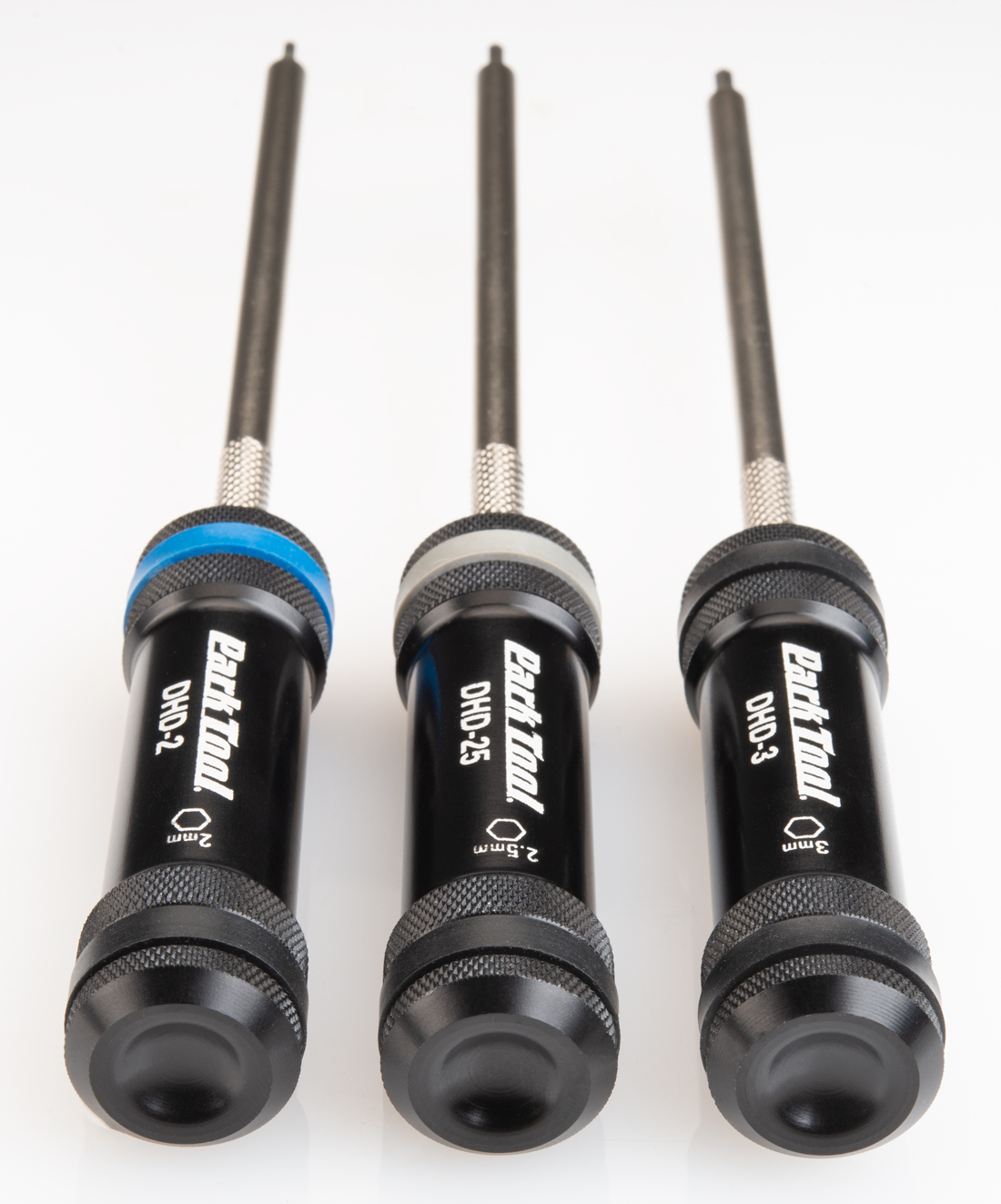 Hard anodizing used on new DHD hex driver handles
Hard anodizing used on new DHD hex driver handles
Our engineers spec two different types of anodizing during the engineering process: standard and hard anodizing. Hard anodizing, as it name suggests, creates a hard surface and is extremely durable. We utilize hard anodizing on tools such as the DSD screwdriver and the new DHD hex driver handles as these tools will be handled and abused daily. We also use hard ano on any aluminum parts that slide together or are in contact with other parts such as the tubing on our aluminum repair stands and the main upright and carriage on the PRS-33 Power Lift Stand. These tools see everyday use and need to have a hard finish in order to last for a long time. Standard anodizing would immediately show wear as the surface material is worn away. Another example of where hard anodizing is useful is for bearing drifts. Bearing drifts (adaptor inserts) require a hard surface to withstand the pressure when pressing in bearings. Choosing standard ano for the bearing drifts would result in premature wear of the part. So, while hard anodizing is a more expensive process we feel it’s worth the investment for the right applications to produce a longer lasting part.
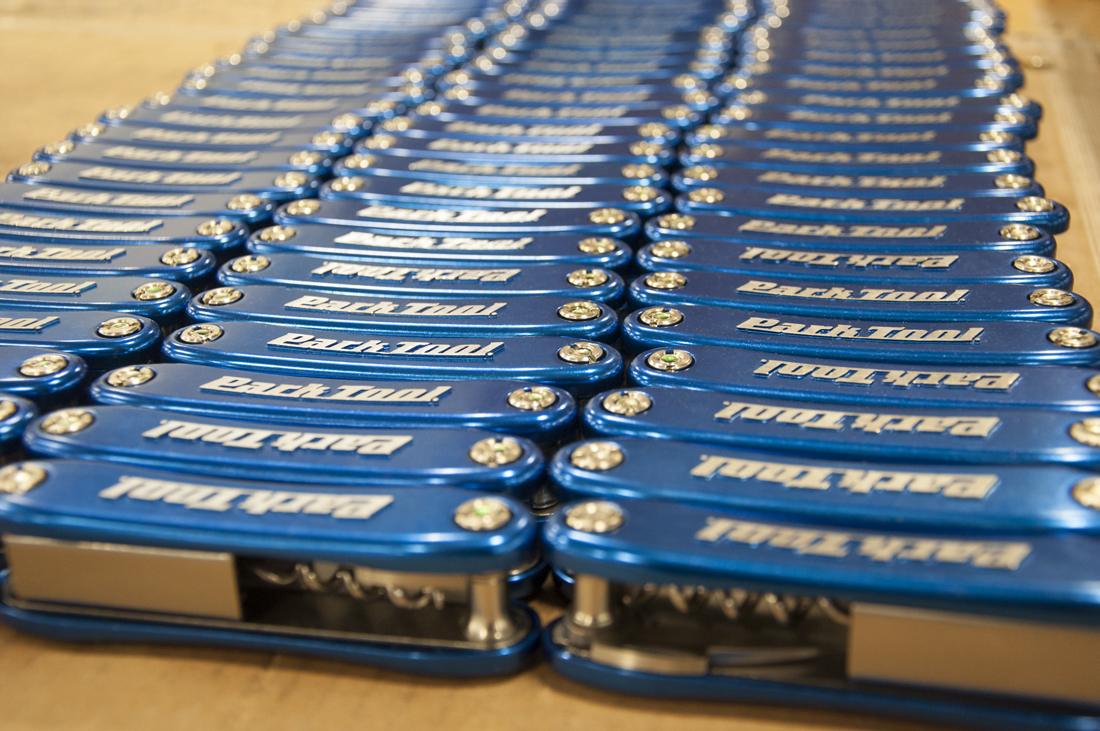 Standard anodizing used on BO-4 corkscrew
Standard anodizing used on BO-4 corkscrew
So, why don’t we use hard anodizing on all of our aluminum parts? While hard anodizing has its benefits, it is not always the most practical or necessary to build into the design of a tool. Standard anodizing is more common because it’s more cost effective and offers a more consistent color throughout when dyed. Tools that need some wear and corrosion resistance, but do not see heavy abuse benefit from standard anodizing. The color of the dye is more vibrant and consistent between batches compared to hard anodizing because standard anodizing is not as thick and there are many more color options. We typically hard anodize in black or clear only as it’s nearly impossible to get a true blue and get it consistently the same from batch to batch.
When we design tools and parts we want to make sure that the correct finish is used for every application. That’s why we carefully consider how each tool is used and test them to make sure that the chosen finish, among many other factors, will serve its purpose.
Jake Jackson
Park Tool Engineer & Professional Bike Mechanic
New Tool Alert!
Not able to make it to Eurobike? No worries, you can still learn about the latest products Park Tool is rolling out for 2019 right here! Park Tool is proud to announce the following new products:
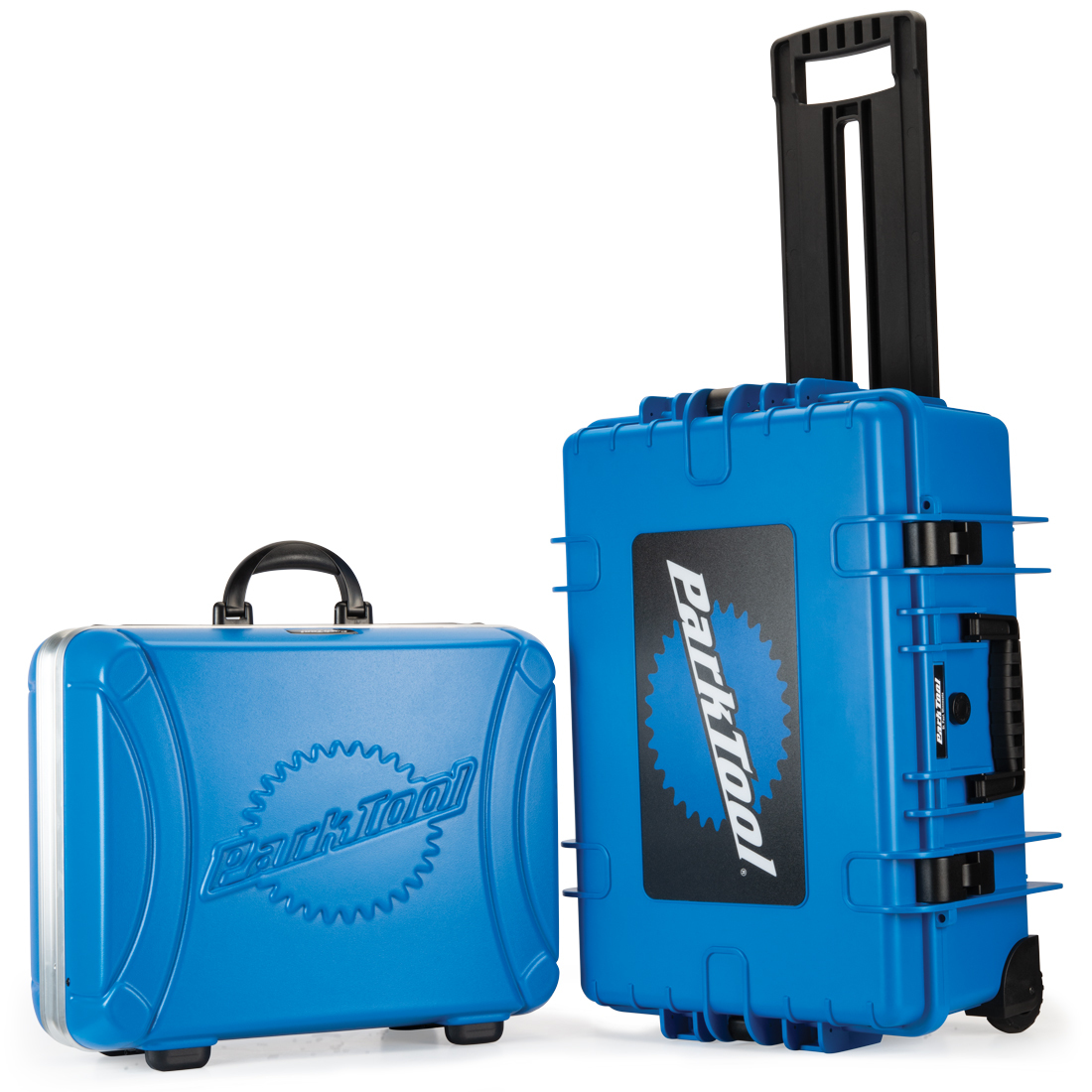
BX-2.2 Blue Box Tool Case
Replacing the BX-2, the BX-2.2 features an all-new pallet configuration and storage options to help you keep your tools secure and easily accessible. The expanded custom designed tool pallets, including dual-sided pallet wings, are all housed in a virtually indestructible composite travel case. Designed and built for the professional traveling mechanic who demands the best!
BX-3 Rolling Big Blue Box
Built to withstand the punishment of travel and constant use and molded from impact resistant polypropylene, the BX-3 features pallets with 70% more surface area than the BX-2.2. Easily transportable with the integrated wheels and extendable handle, this case was designed with the help of some of the world’s best mechanics for optimal form, function and longevity.
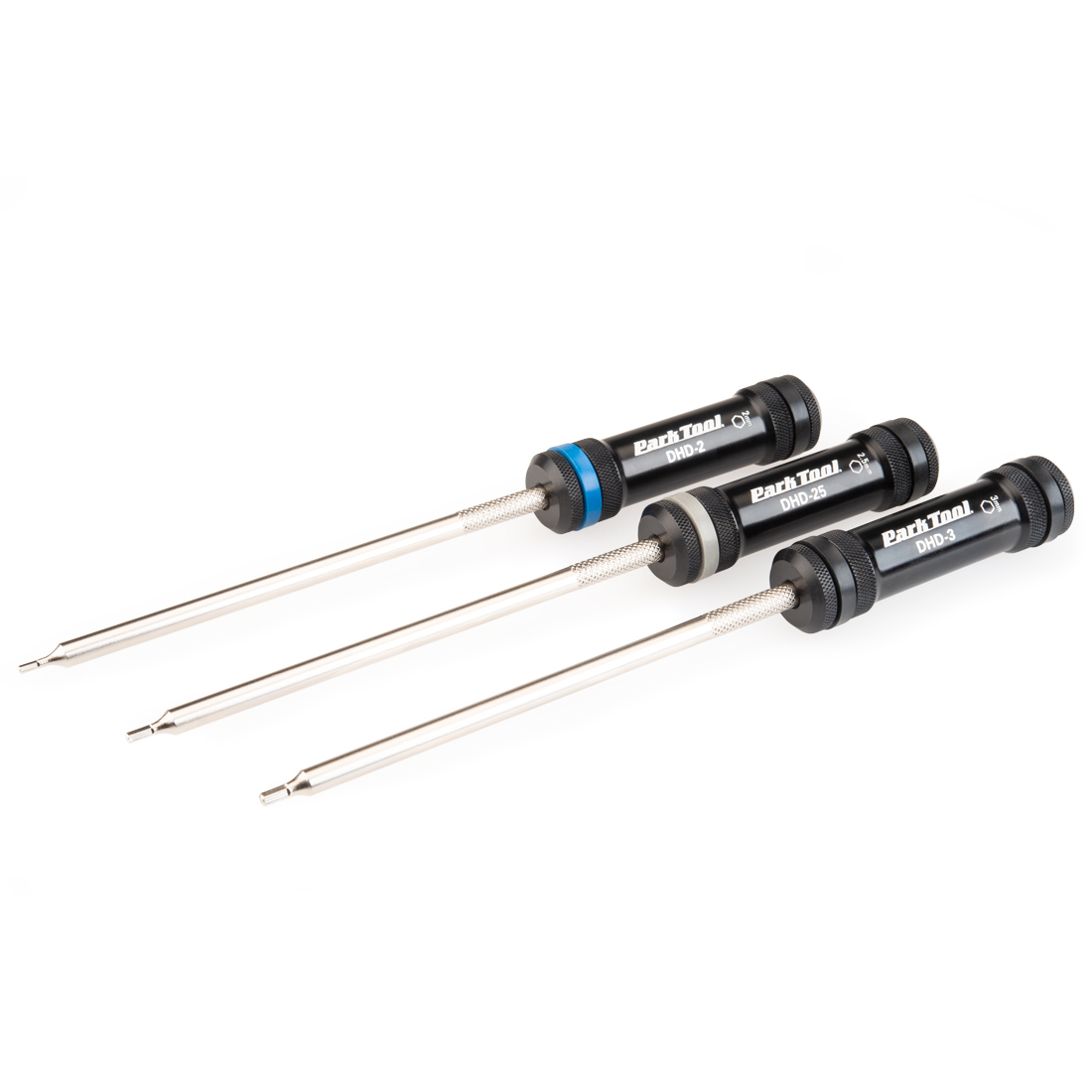
DHD Precision Hex Drivers
Professional quality component hex driver precisely machined to exact standards to ensure a perfect fit on compatible component fasteners. Featuring an ergonomic, CNC machined, perfectly balanced 6061 aluminum handle hard anodized to take the rigors of everyday use. Available in three sizes:
- DHD-2 2mm Hex
- DHD-25 2.5mm Hex
- DHD-3 3mm Hex
Stay tuned for more new Park Tool products in the coming months!
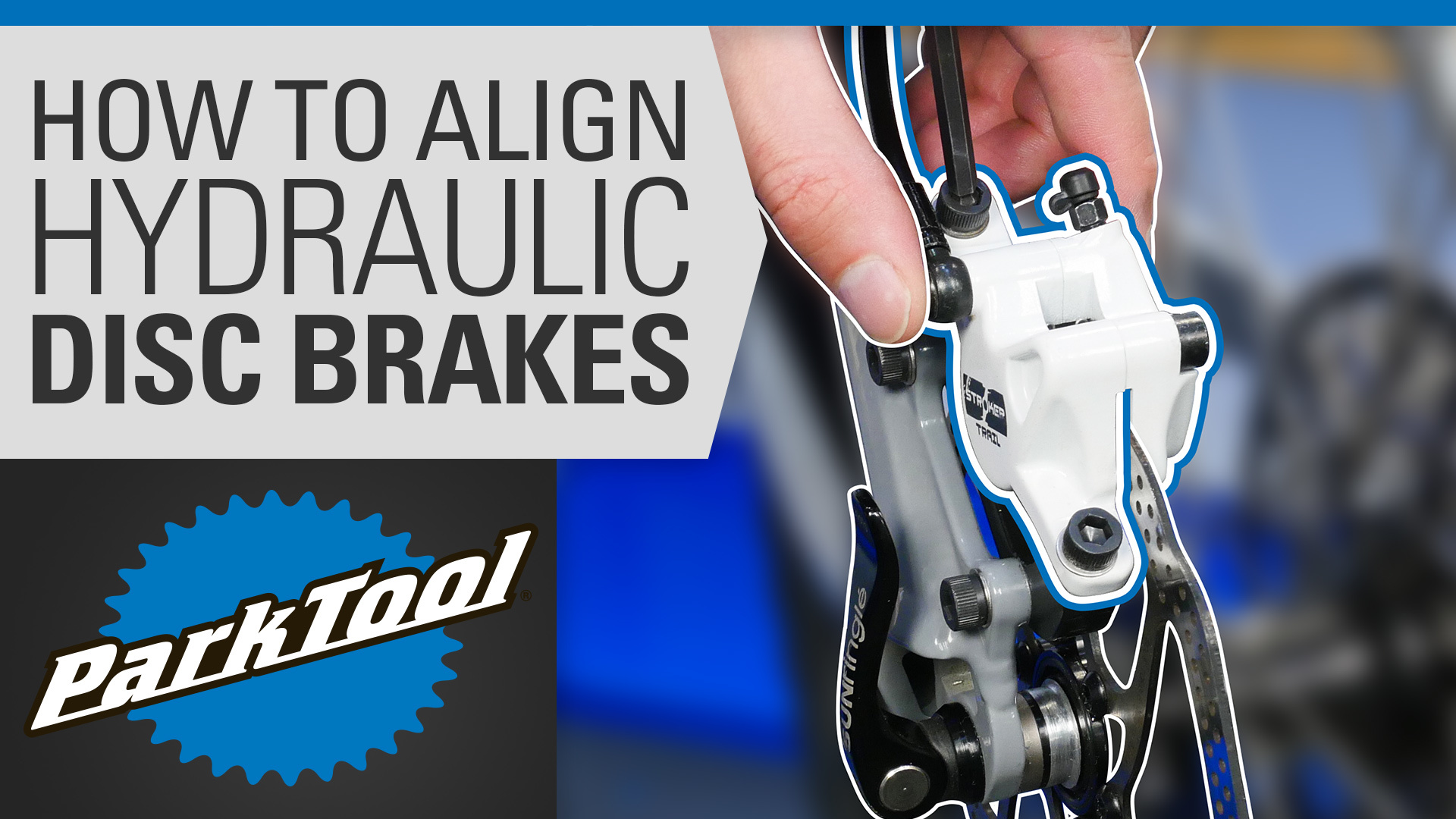
Disc Brake Repair Help
New videos are now available in our Disc Brake Repair Help section! Click below to learn how to make sure your disc brake system is ready to go... I mean, stop.
Watch Now
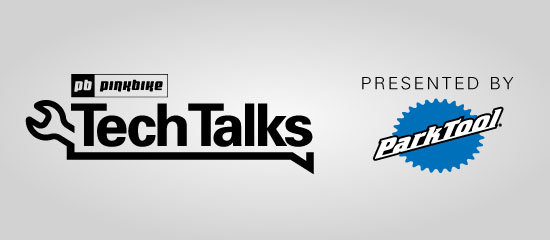
Pinkbike Tech Talks: Wheel Balance 101
Check out the latest episode of Pinkbike Tech Talks, where Calvin and Truman dig into wheel imbalance and the finicky process of balancing your wheels.
Watch Now
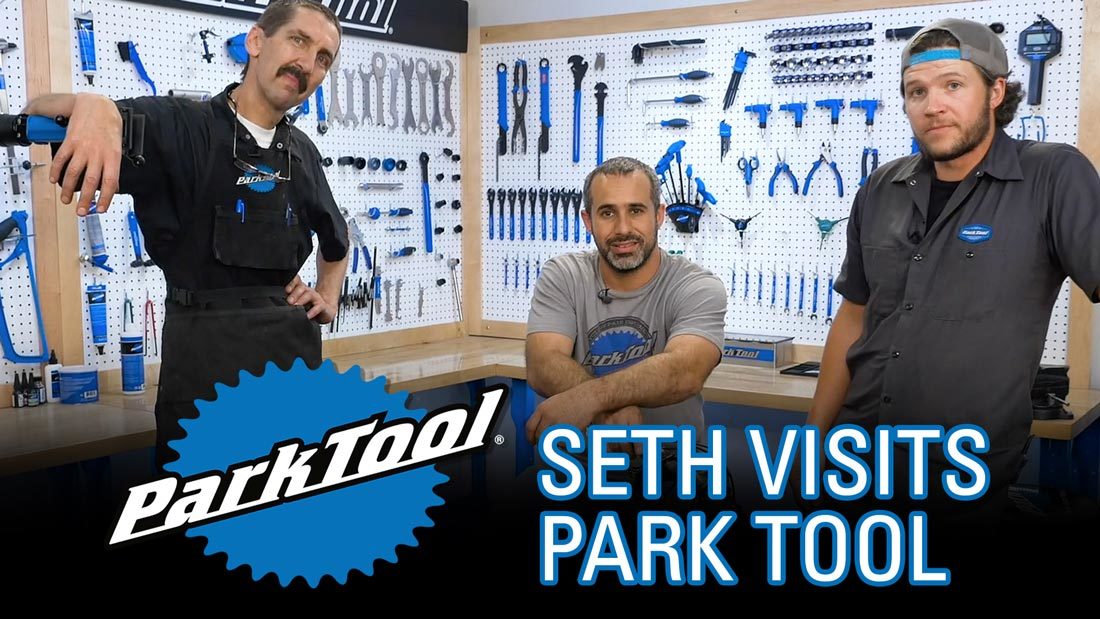
Seth’s Bike Hacks Visits Park Tool
Seth has come to visit Park Tool! Check out the video to learn about of the upcoming content we’ll be making with him, then be sure to subscribe to the Seth’s Bike Hacks and Park Tool channels so you don’t miss out.